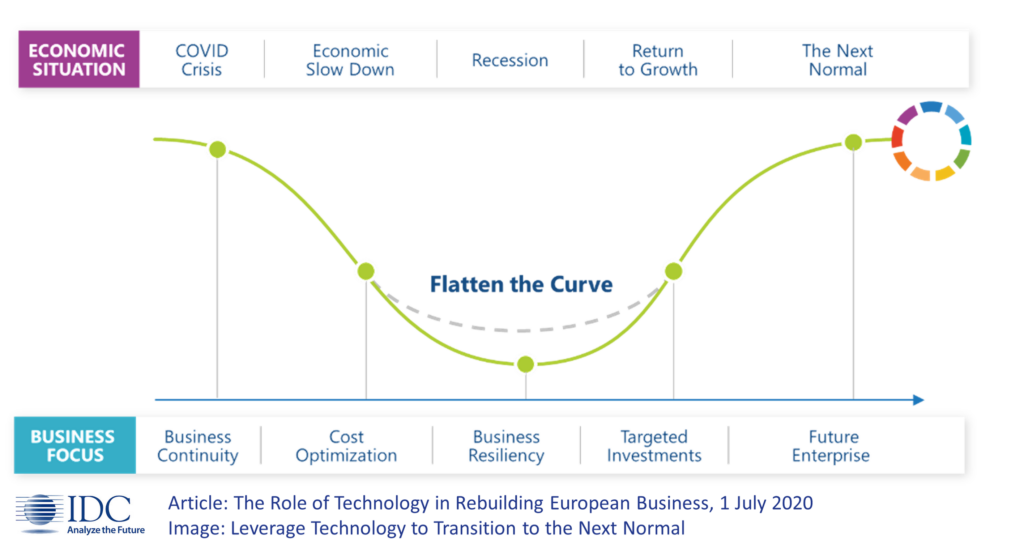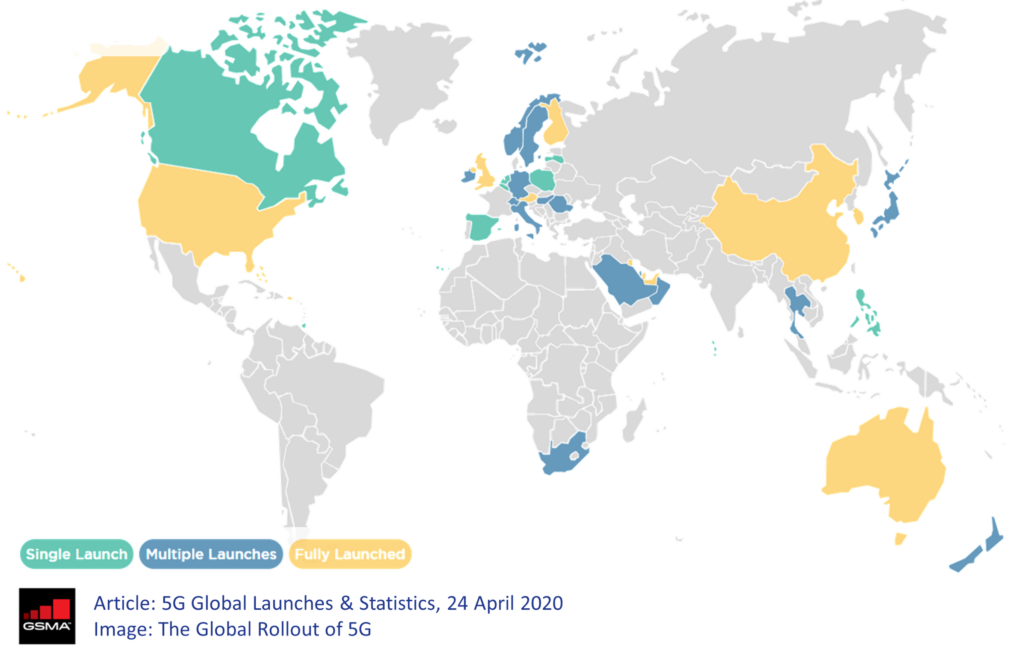As network capacity and demand flex again, Communications Service Providers (CSPs) and Mobile Network Operators need to adapt to shifts in office use and working patterns – how can AI help?
As the initial phases of the pandemic swept around the world, communication providers and network operators worked hard to reconfigure their networks to address the unpredictable changes in demand, and keep communities connected. Now, as staff return to offices in increasing numbers, the networks need to be reconfigured again, and be ready to continue to adapt, as changes in society and working patterns rapidly evolve. But predicting how to adjust capacity is complex – some businesses are encouraging the continuation of home-working, others are rotating teams with one week in and the next at home, or splitting teams by day of the week. And all of these changes in office use, and the retail and social spaces they support, are fluidly adapting to the ebb and flow of local lockdowns. Can AI help CSPs and MNOs to manage their network capacity to address this lack of pattern and constant change?
In our blog on Capacity Management in May, we shared stats illustrating the big shift in communication demands,
“The five largest operators in Spain reported a 40% increase in overall IP traffic, a 25% increase in mobile traffic and a 50% increase in mobile voice traffic since the start of the outbreak.”
Analysys Mason (1)
Home working, with its heavy use of video conferencing and collaboration, combined with a surge in demand for digital entertainment, home studying and intensive use of multiple devices simultaneously, led to a previously unimaginable surge in demand for capacity on both fixed and mobile networks. The changes in mobile network demand highlighted difficult to predict anomalies – in many cities, as people stayed at home, significant demand was off-loaded to home wifi networks (Deloitte (2): “some telcos say they have seen a 300% increase in the use of these voice-over-WiFi services.”), in contrast with rural areas and other poorly served broadband-black-spots, mobile data demand has soared.
“…the way to consider a crisis of this magnitude is to identify three phases: Respond, Recover and Thrive.”
Deloitte (2)
Now that the initial rush to support business employees working from home has passed, more countries are slowly re-opening business premises – with staggered start times, and changes in working practice. The need to maintain agility in capacity management is vital, as lockdowns will be enforced dynamically over the months and years ahead.
Planning ahead
Short-term challenges addressed earlier in the pandemic,
- After the initial dynamic changes in customer behaviour, and the lack of revenue from roaming charges, many operators continue to experience significant pressure on operating expenses, and have taken quick business decisions to remove costs
- Capital expenditure plans have been rapidly re-assessed to ensure re-prioritisation to meet the new revenue and business continuity needs
- Re-assessment of supply chains, equipment procurement issues, safe social distancing in the workplace, and staff absence levels
- Rapid revenue and cash management, as economies globally continue to experience a massive downturn.
Now, plans are being made to manage the “next new normal”, as changes in society and working patterns continue to evolve, and staff return to offices. At Digis Squared we believe this next phase is even harder, as “Business As Usual” will mean a constant need for agility and flexing to meet demand. But the good news is that we can help MNOs and CSPs address the exceptional levels of uncertainty and dynamic change, and AI is part of the mix,
- Accelerate digital transformation: use AI and RPA to manage higher customer service call volumes to support remote working, and handle mundane repetitive tasks and digital self-service via automation
- Revise Business Continuity Plans: review assumptions, re-plan and re-scale
- Accelerate 5G deployment and integration to better handle high demand dynamically
- Implement autonomous capacity management, to ensure that your mobile networks work efficiently.
Whilst many short terms solutions have been rapidly implemented, now is the time to ensure they are robust and resilient enough to continue to handle the longer term, and to re-assess Business Continuity Plans.
AI-led autonomous capacity management
We can help communications services providers and mobile network operators to achieve more with your network resources: absorb new traffic demands, and optimize the expansions you need by using Digis Squared’s vendor-agnostic, off-the-shelf solutions.
Use our expertise to dynamically assist your teams
- Vendor agnostic AI-led capacity modelling for all network technologies (2G/3G/4G/5G)
- Machine learning algorithms using network data enriched with multiple data feeds from radio access network, Customer Experience Management (CEM), geolocation systems and crowdsourced data
- Predictive traffic growth based on AI-power algorithms followed by degradation preventive actions and expansions prediction
- Action-centric benchmarking (BM) reports including KPIs, KQIs and Customers QOEs
- ROI calculations for network investments.
Many of our clients use modular capacity management modules developed by Digis Squared team, with bespoke adaptations if needed, to,
- Balance the traffic between cells & technologies
- Recommend soft actions needed
- Activate & reshuffle sites licenses
- Capacity enhancement feature recommendations
- Physical changes
- Network expansions and reshuffling required.
Our teams can use these capabilities to deliver value to service providers and mobile network operators,
- Start the smart CAPEX journey, and identify pathways to OPEX saving
- Maximize network investment ROI and help operators make well-informed, data-centred investment decisions
- Speed-up network capacity plans through our automated-predictive solution.
We can assist you right now with our ready-to-go, adaptive-modular capacity management modules, developed by the Digis Squared team to,
- Balance the traffic between cells & technologies
- Recommend soft actions needed
- Activate & reshuffle sites licenses
- Capacity enhancement feature recommendations
- Physical changes
- Network expansions and reshuffling required.
Now more than ever, capacity management ensures you can handle unpredictable demand with agility.
Keep up to speed with company updates, product launches and our quarterly newsletter, sign up here.
“In the words of one the telecom operator we spoke to: ‘ideally we never go back to the way we operated before this crisis’.”
Source: Deloitte (2)
Image credit: Daniel Von Appen



















